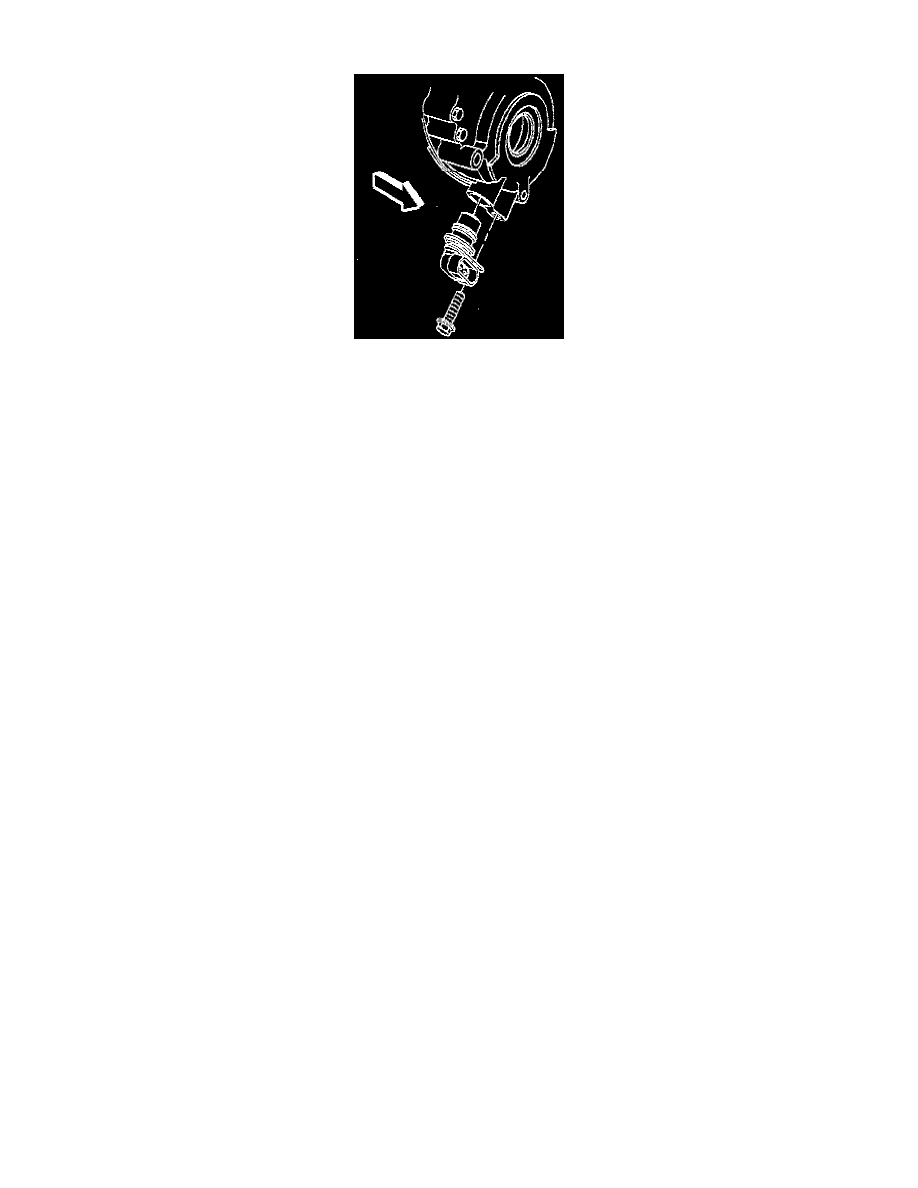Astro Van L AWD V6-4.3L VIN W (1996)

Crankshaft Position Sensor: Description and Operation
Crankshaft Position Sensor
PURPOSE
The Crankshaft Position (CKP) sensor connects to the VCM through the primary engine harness and provides crankshaft reference information to the
VCM for spark and fuel delivery. The crankshaft position sensor is located behind the crankshaft balancer.
OPERATION
The crankshaft position sensor provides the VCM with crankshaft speed and crankshaft position. The VCM utilizes this information to determine if an
engine Misfire is present. The VCM monitors the CKP sensor for momentarily drop in crankshaft speed to determine if a misfire is occurring. When the
VCM detects a misfire, a DTC PO3OO will set. The VCM also monitors the CKP sensor signal circuit for malfunctions. The VCM monitors CKP signal
and the High and Low resolution signals. The VCM calculates these signals to determine a ratio. When the VCM detects that the ratio is out of normal
operating range, the VCM will set a DTC PO337 or a DTC P0338.
CONSTRUCTION
The Crankshaft Position Sensor (CKP Sensor) is located in the front engine cover and is perpendicular to the crankshaft target wheel. The air gap
between the sensor and the wheel is preset and not adjustable. The target wheel has three slots 60 apart and is keyed to the crankshaft. As the target
wheel rotates, the slots passing by the sensor create a change in the magnetic field of the sensor which results in an induced voltage pulse. One revolution
of the crankshaft results in three pulses (3x signal). Based on these pulses, the VCM is able to determine crankshaft position and engine speed. The VCM
then activates the fuel injector and provides a spark to the Distributor. The relation between the crankshaft position sensor and the target wheel is crucial.
The sensor must be exactly perpendicular to the target wheel with the correct air gap.
